By Dave Hallock
I had the opportunity to meet this past Tuesday afternoon with two lead consultants for Natural Systems Design (NSD), along with Devin Smith, Project Manager for the Barnaby Reach project, and Cynthia Carlstad, of Carlstad Consulting, who has been retained by Skagit River System Cooperative (SRSC) to coordinate community outreach relating to the Barnaby project.
NSD has been selected to carry out considerable technical work during the coming year which will relate to such things as completing a LIDAR survey of the project area, refining hydraulic modeling, evaluating channel migration, better understanding river behavior relating to sediment, and performing a more detailed investigation of local flood issues. One aspect of their work will be to gain a solid understanding of our community’s current risk situation and sharing that information with us.
Both Tim Abbe, Principal Geomorphologist, and his partner Leif Embertson, Senior River Engineer, were open and forthcoming in describing their approach to providing professional technical services for projects like the Barnaby. I was pleased to hear a strong upfront dedication to the principal of “First Do No Harm.”
On Tuesday evening I attended the Stakeholder Advisory Committee meeting for the Barnaby project, which was also attended by our designated community representatives, Russ Dalton, Christie Fairchild, and Howard Stafford. It was great to see a representative from Congresswoman Suzan DelBene’s office there. Kaylee Galloway is Congresswoman DelBene’s Community Liaison working out of DelBene’s Mount Vernon office.
The NSD representatives shared examples of similar work they’ve done elsewhere and I was impressed by the evident creativity of their efforts to accomplish improved fish habitat while doing nothing to put area homes and properties at risk. They again shared their professional and ethical commitment to providing services in ways that respect area residents and their properties.
This is an ethical standpoint that I value very much — dedication to providing specific professional science services in support of focused projects while also respecting the potentially conflicted rights and values of people living and working in the project area. A project like the Barnaby can’t be just about the fish. It must also be about people.
I especially appreciated a key question asked by our Skagit County Public Works Director, Dan Berentson. After an extended discussion about the complexity and inherent limitations of environmental modeling, Mr. Berentson asked how the SRSC was going to make project decisions so as not to cause any harm for area residents and property owners. This led to an important statement by the SRSC consultant, Cynthia Carlstad, which I later asked her to restate for this report.
Cynthia said that it is her understanding, based on the discussion on risk at steering committee meetings, that any project alternative that would transfer flood or erosion risk to a landowner/property outside the project boundaries (land owned by Seattle City Light, The Nature Conservancy or Washington Department of Fish and Wildlife) is off the table. Later Ms. Carlstad noted that though she could not speak for the Steering Committee, each of the representatives in attendance at this meeting concurred with her statement.
I don’t know about you, but I’m suddenly feeling encouraged that our concerns are being seriously addressed. Obviously, this welcome attitude needs to embrace potential project features like the channel that was a huge red flag for us in the first phase of study work. Briefly, the channel was envisioned to divert substantial Skagit River flow southwestwardly across the valley floor, a development that would expose us to the threat and consequences of a shift in the river’s course, potentially leading to catastrophic consequences. For folks who were among the first responders to the horrific Oso slide, neighbors here are well aware of how unpredictable and uncontrollable Mother Nature can be. It appears that this frightening channel idea has been set aside, at least for now. I hope going forward new alternatives will not include anything like the channel idea.
What we have here is a complex project dealing with environmental forces that cannot be fully understood and behaviorally predicted with anything close to certainty. Tom Abbe made the point that modeling efforts like what has and will be done relative to the Barnaby Project are always wrong to some extent. I’ve learned myself that no matter how sophisticated and complex environmental models are, they are always too simple and only useful as guidance information for decision making.
So, again, I am feeling more optimistic now based on what I heard. The two NSD consultants expressed great concern for the well-being of our neighbors and their properties. Doing nothing that will harm us is their first priority, I heard. Cynthia Carlstad declared that any project alternative that would transfer flood or erosion risk to a landowner or property outside of the project boundary is off the table.
After the meeting I chatted for a few minutes with Congresswoman DelBene’s representative. I shared my view that what we have here is an optimization challenge, how to improve salmon habitat while respecting the rights of area property owners. I urged her to share my view with Congresswoman DelBene that there’s an opportunity here for DelBene to provide political leadership toward environmental policy that cares for the environment AND cares for people. The vast majority of us here care a great deal about our earth and value goals like improving salmon habitat, but at the same time we insist and, indeed, demand that our well-being be respected as well.
You can read more about the current state of the Barnaby Project at the project website here:
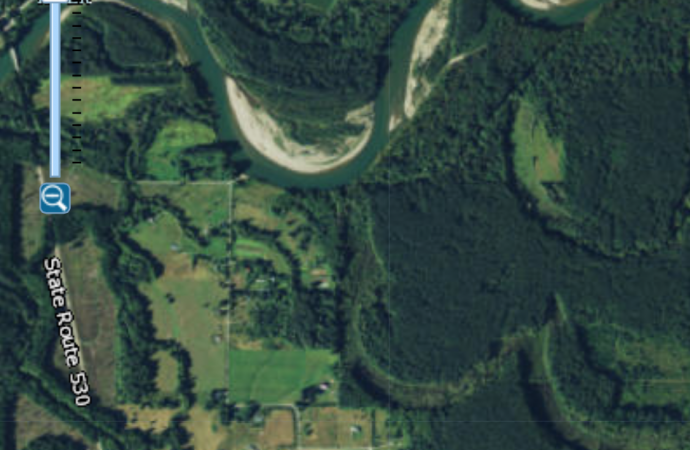
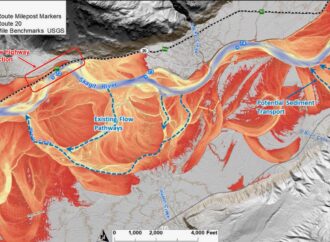
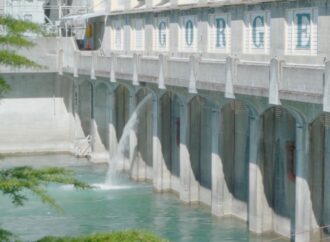

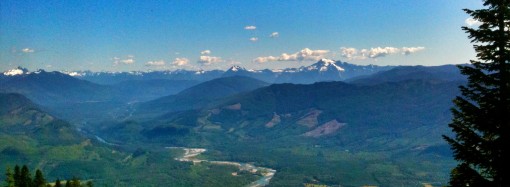
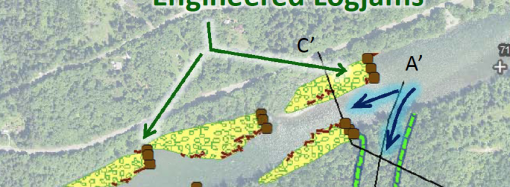
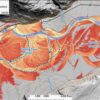
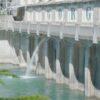
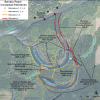
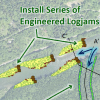
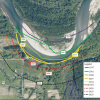
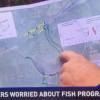
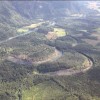
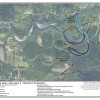
Leave a Comment
Your email address will not be published. Required fields are marked with *